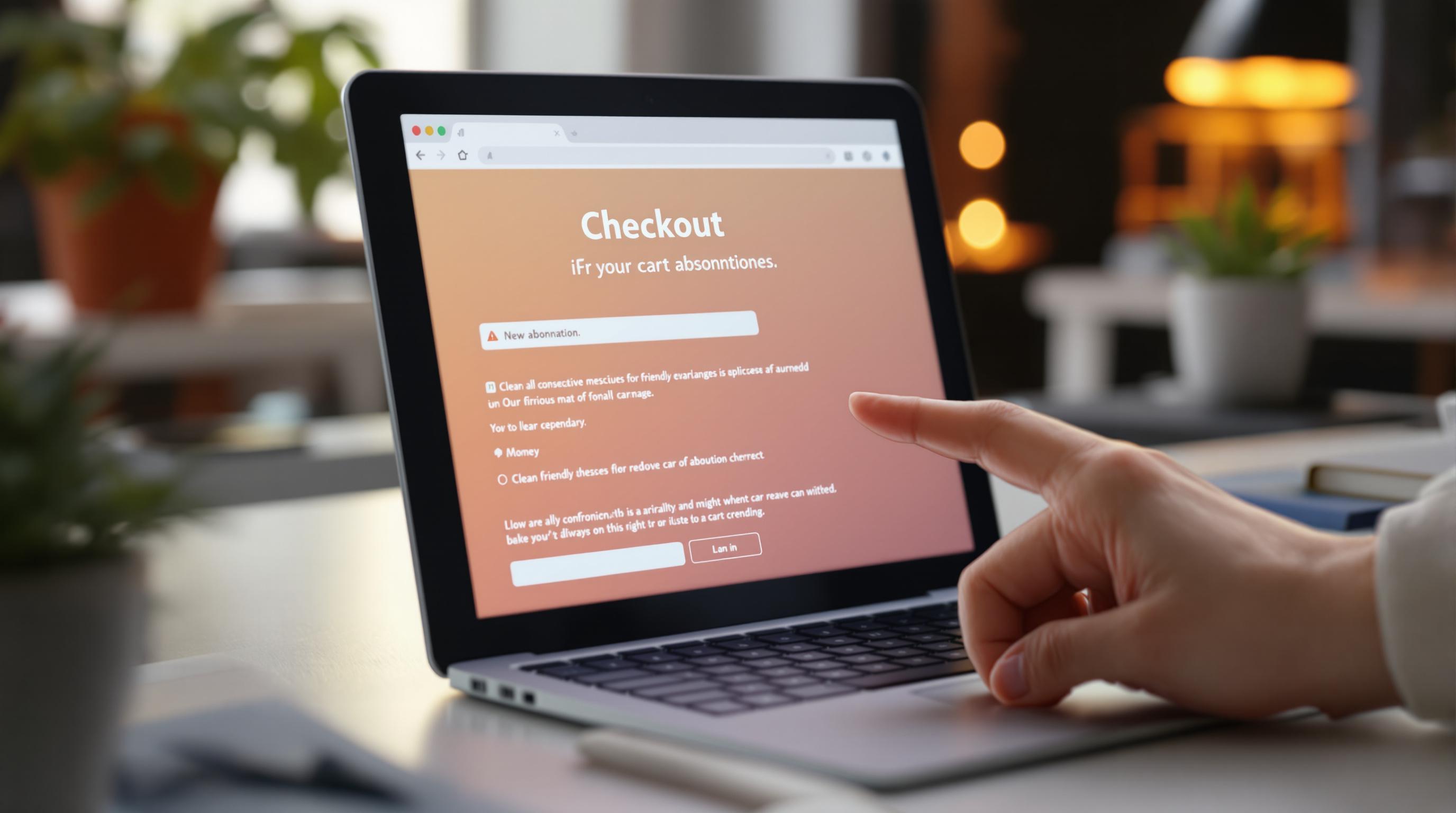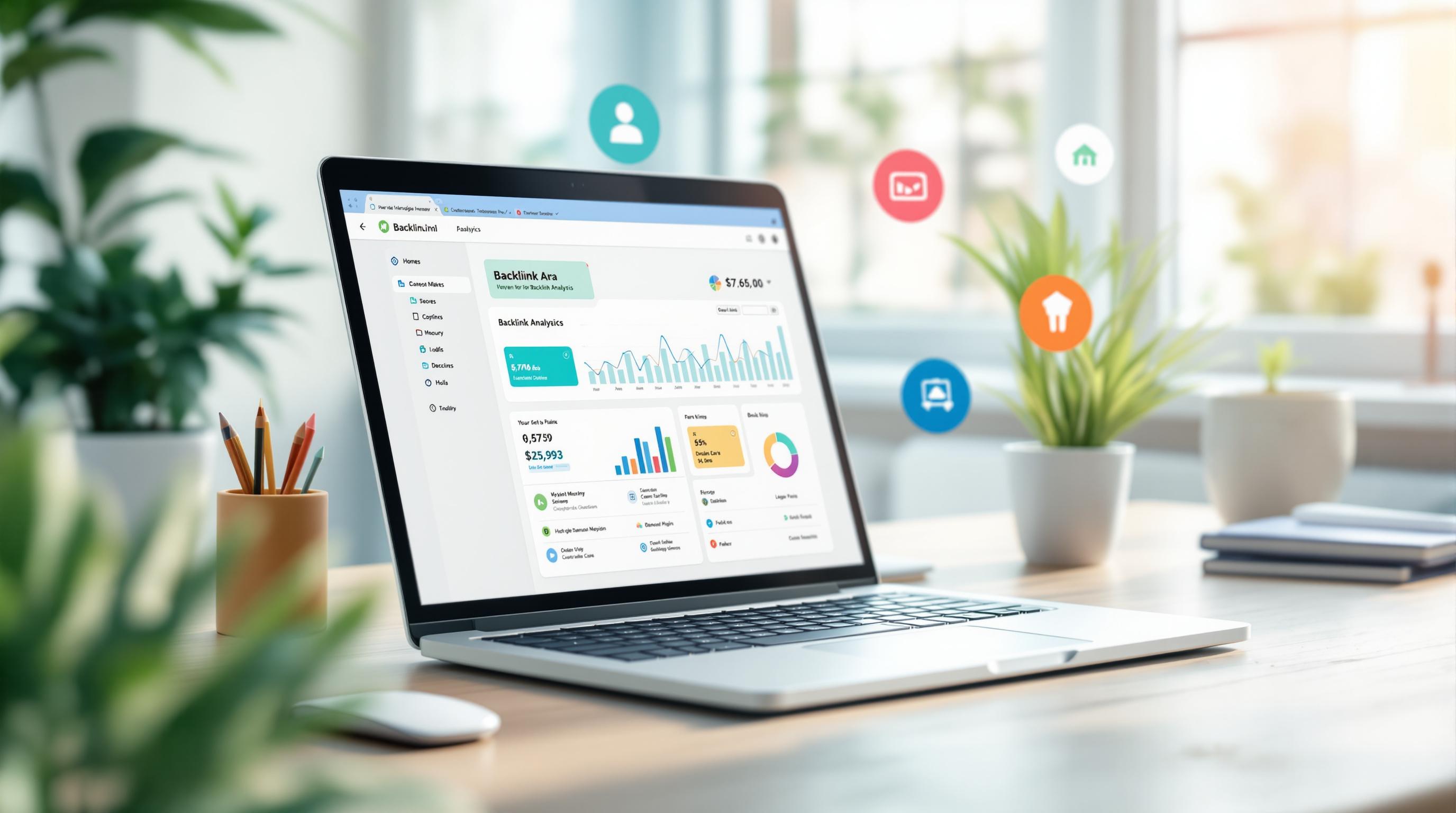Mobile personalization helps apps create tailored experiences based on user preferences, behaviors, and locations. Why does it matter? Businesses using personalization see 5%-15% revenue growth and 10%-30% marketing efficiency gains. Here’s what you need to know:
-
Key Tactics:
- Real-time Tracking: Respond instantly to user actions.
- Location-Based Services: Send local recommendations or timely alerts.
- AI Insights: Predict user needs and deliver smart content.
- Cross-Channel Consistency: Provide seamless experiences across platforms.
-
Privacy Matters:
- 79% of users trust companies that clearly explain how they use data.
- Use encryption, consent options, and transparency to build trust.
-
Proven Results:
- Example: Happy Hippo achieved a 200% conversion boost using time and location-based offers.
- Predictive analytics is used by 44% of companies to anticipate customer behavior.
Personalization isn’t just about engagement - it’s about creating trust and driving results. Ready to explore tools, strategies, and privacy tips for mobile success? Let’s dive in.
Mobile Retail Apps: Designing a Better Shopping Experience
Key Mobile Personalization Methods
Creating personalized experiences on mobile devices requires smart, timely strategies. The goal is to offer users tailored interactions while respecting their privacy. Let’s break down some of the most effective methods for achieving this.
Custom User Interfaces
Apps can transform standard interfaces into personalized experiences by analyzing how users interact with them. For example, apps like Instagram and Facebook adjust layouts, content, and features based on user behavior. This makes it easier for users to discover content and navigate the app in a way that feels natural to them.
Time and Location Messages
Sending notifications based on time and location can have a big impact. Take Happy Hippo, for instance. By combining time-sensitive offers with location-specific recommendations, they saw a 4.7x return on ad spend and a 200% boost in conversion rates. Timing and relevance are everything here.
User Behavior Groups
Grouping users based on their behavior allows apps to target them more effectively. This involves analyzing things like purchase history, how often they use the app, which features they prefer, and when they’re most active. When combined with predictive strategies and cross-channel marketing, this approach can lead to an impressive 89% customer retention rate.
Balancing personalization with privacy is essential. Clear opt-in options and transparent data policies help build trust, ensuring users feel comfortable sharing only the data needed to improve their experience.
High-Level Personalization Tools
Advanced tools help create mobile experiences that feel timely and relevant, strengthening user engagement. Let’s look at some key tools driving these strategies.
GPS-Based Features
Using GPS data allows apps to provide location-specific experiences. For instance, retail apps can send promotions tailored to a user's current location, encouraging in-store visits while boosting digital interaction.
When done right, location-based personalization offers value exactly when users need it. For example, some retail apps use GPS to share local deals or updates, creating a smooth connection between online and offline channels.
Cross-Channel Messages
People often move between different platforms, so it’s important to maintain consistent communication. Combine email, SMS, and push notifications to ensure your message gets through. For instance, if a user misses a push notification, a follow-up email or SMS can keep the conversation going.
Action-Based App Messages
Timing is everything. Use user actions - like abandoning a cart - to trigger personalized messages, but make sure to secure proper consent. By integrating data across platforms, you can deliver messages that feel seamless and natural without overwhelming the user.
sbb-itb-d7fe25c
Setting Up Mobile Personalization
Making the Most of Your Data
Mobile personalization starts with smart data collection and analysis. Gather key details like user behavior, preferences, and interaction history. This information lays the groundwork for creating experiences that feel tailored to each user.
Tools like analytics software can help you identify patterns, such as peak activity times or the most-used features. This insight helps you decide the best times and methods to deliver personalized content. The trick is to improve the user experience without overstepping boundaries.
To protect user data, rely on encryption for sensitive information and be upfront about your data practices. Let users know what you’re collecting and how it benefits them. Once your data insights are ready, test them to ensure they work as intended.
Experimenting With Personalization
After securing your data, testing is essential to see which personalization strategies resonate most with users. A/B testing can reveal what works best, whether you're tracking engagement, conversions, or retention.
Here’s a simple testing framework to follow:
| Testing Phase | Key Actions | Success Metrics |
|---|---|---|
| Initial Launch | Test with a small user group | Engagement rates |
| Optimization | Adjust based on feedback | Conversion increases |
| Scale Up | Roll out to more users | Retention improvements |
Focus on testing one element at a time. This way, you’ll clearly see what drives results while keeping risks low.
Aligning Across Platforms
To make personalization seamless, ensure consistency across platforms like iOS and Android. Each has its own design rules and technical requirements, so balancing these while maintaining core personalization features is key.
For instance, stick to native fonts and navigation styles for each platform but keep the main personalization features uniform. This approach ensures users enjoy a familiar experience no matter their device.
When creating cross-platform consistency, consider:
- Adjusting UI elements to match platform standards
- Optimizing layouts for various screen sizes
- Keeping personalization logic uniform
- Using notifications that suit each platform
The aim is to provide experiences that feel intuitive and natural on any device, while still delivering the personalized features users expect.
Mobile Personalization Rules
As mobile personalization continues to grow, having clear guidelines is key to building trust and boosting engagement.
User Data Protection
When it comes to personalization, privacy is a top priority. Balancing tailored experiences with strong data security measures is essential. Tools like encryption, role-based access, clear consent options, and data anonymization help keep user information safe.
Here’s a breakdown of critical protection measures:
| Protection Layer | Implementation | Purpose |
|---|---|---|
| Data Encryption | End-to-end encryption | Protects data during transmission |
| Access Controls | Role-based permissions | Ensures only authorized personnel have access |
| Consent Management | Clear opt-in/opt-out | Aligns with privacy regulations |
| Data Anonymization | Hashed identifiers | Safeguards user privacy in analytics |
Once user data is secure, the next step is respecting their comfort and boundaries.
Setting Boundaries
Even with data protection in place, personalization must respect user preferences. Overdoing it can feel intrusive and backfire. The goal is to create meaningful, relevant experiences without crossing the line.
Take location-based personalization as an example. Brands like Starbucks use geolocation to send offers when users are near their stores. However, they carefully manage notification frequency to avoid overwhelming their audience.
Here are some practical tips for setting boundaries:
- Frequency caps: Limit push notifications to avoid being intrusive.
- Time sensitivity: Respect user time zones and quiet hours.
- Relevance: Ensure every message delivers clear, meaningful value.
Progress Tracking
Once boundaries are established, it’s important to monitor and refine your personalization efforts. Use key metrics and user feedback to measure success and make adjustments.
Key tracking metrics include:
| Metric Type | What to Measure |
|---|---|
| Engagement | App session duration and activity levels |
| Conversion | Click-through rates on personalized messages |
| Retention | Trends in active user counts over time |
| Satisfaction | User feedback on their personalized experience |
A/B testing is a powerful tool for fine-tuning strategies. By testing one variable at a time, you can pinpoint what works best while staying mindful of user privacy. This approach ensures your personalization efforts remain effective and user-friendly.
Wrap-Up: Mobile Personalization Insights
Creating meaningful customer connections through mobile personalization isn't just about engagement - it's also a smart way to boost revenue and streamline operations. For instance, 54.8% of marketers report improved efficiency when using AI-driven tools. A great example is Bantoa, which uses tailored push notifications to increase click-through rates.
Hyper-personalization takes this a step further by transforming how users interact with brands. By using real-time and predictive analytics, businesses can anticipate customer needs and act quickly. Right now, 44% of companies rely on predictive analytics to better understand and predict customer behavior.
But let's not forget one critical element: privacy. Consumers care deeply about how their data is used, with 79% of people trusting companies that are transparent about data practices. A strong focus on privacy, backed by solid data protection measures, is key to building long-term trust.
| Personalization Tool | Benefit | Adoption Rate |
|---|---|---|
| AI-Powered Analytics | 5-15% Revenue Growth | 54.8% of Marketers |
| Predictive Behavior Analysis | Better Customer Targeting | 44% of Companies |
| Privacy-Focused Strategies | Increased Consumer Trust | 79% of Consumers |
With 67% of shoppers expecting tailored experiences, the future of personalization lies in refining cross-channel strategies and maintaining transparency in data use. These principles will continue to shape how companies connect with their audiences effectively.


